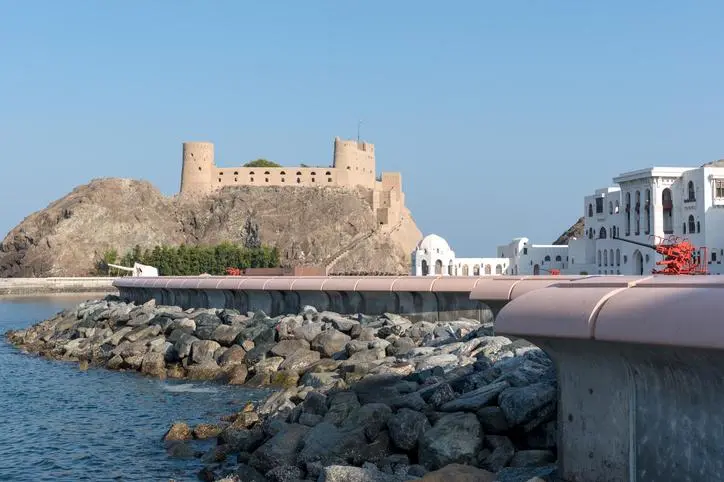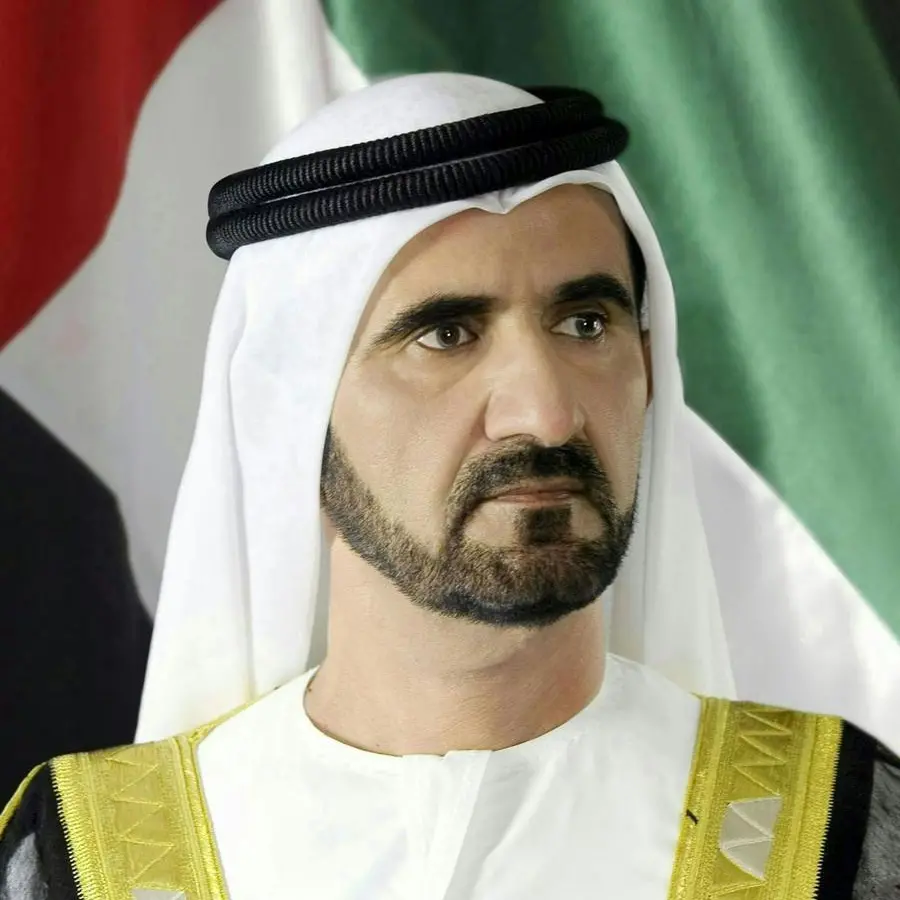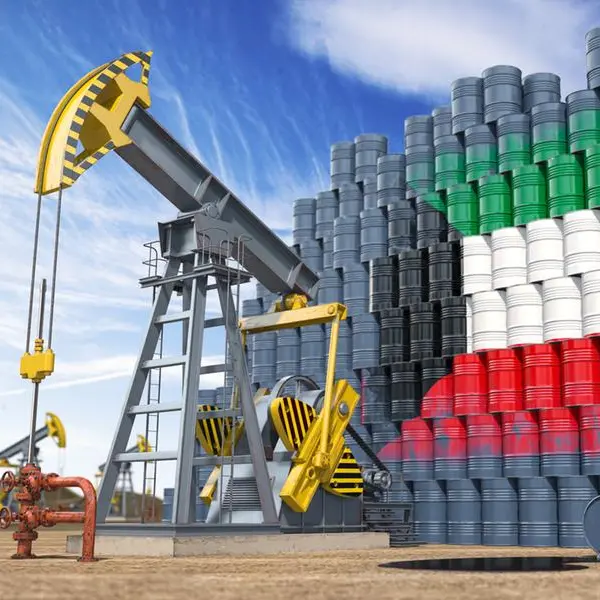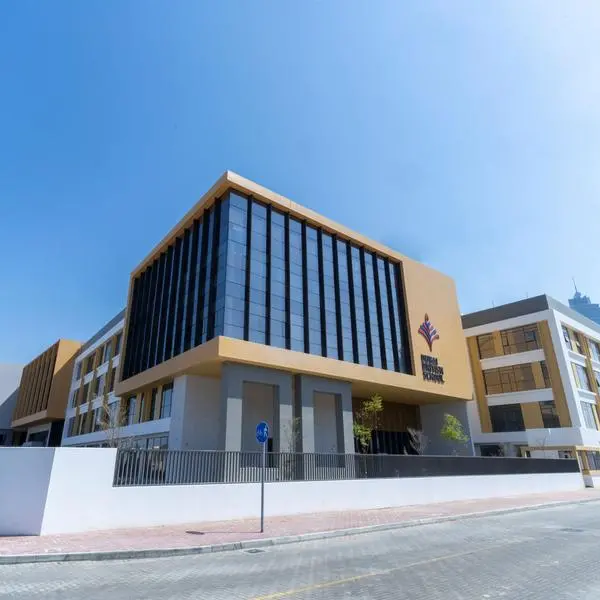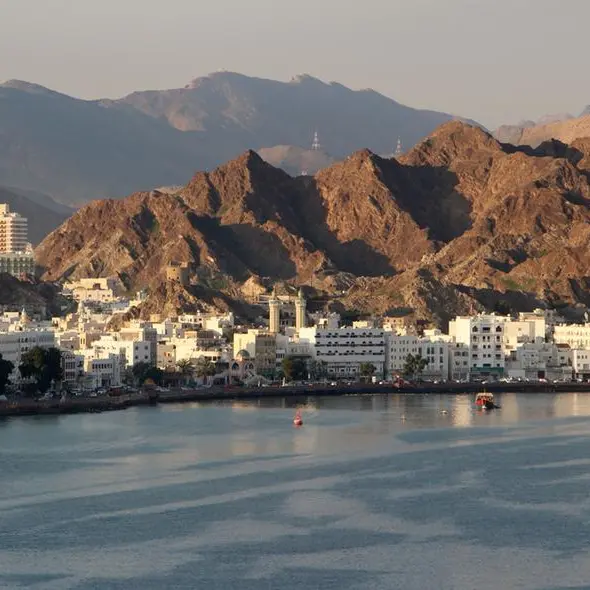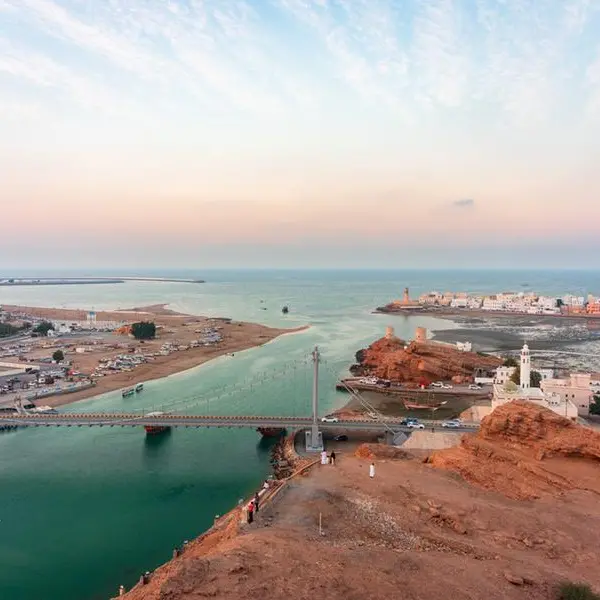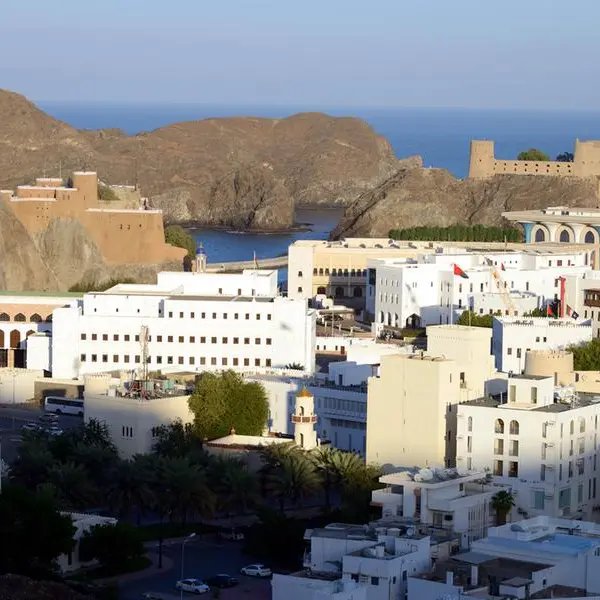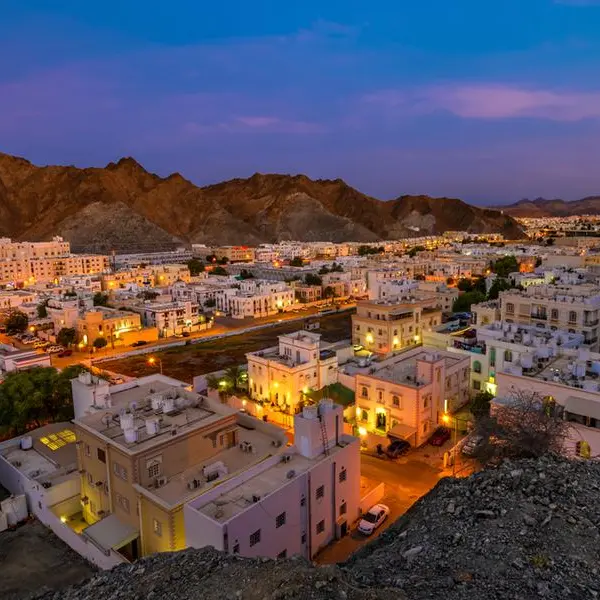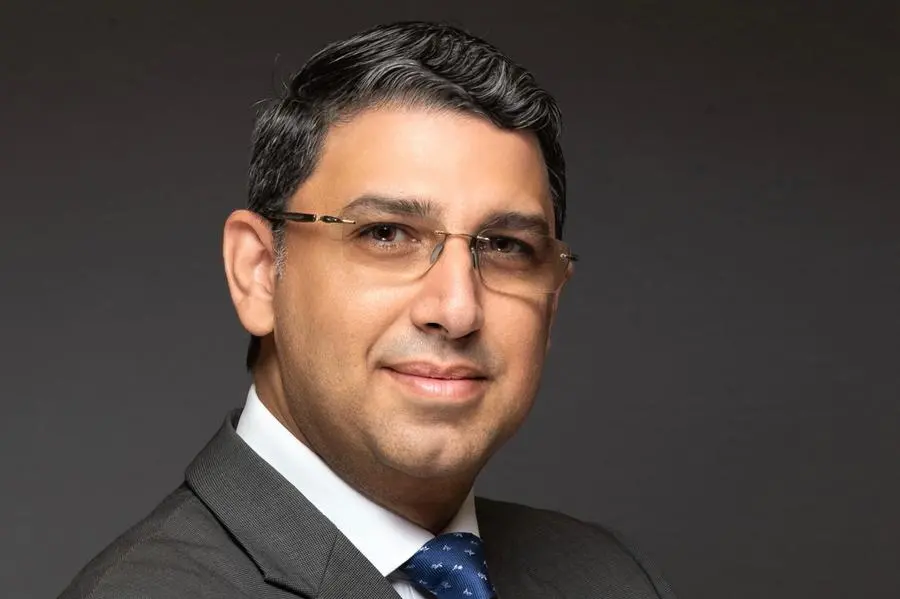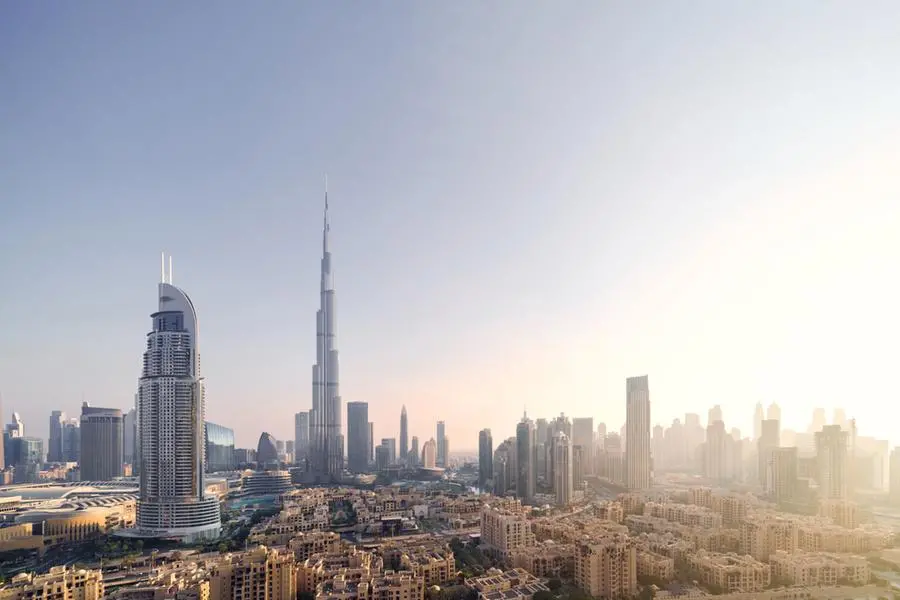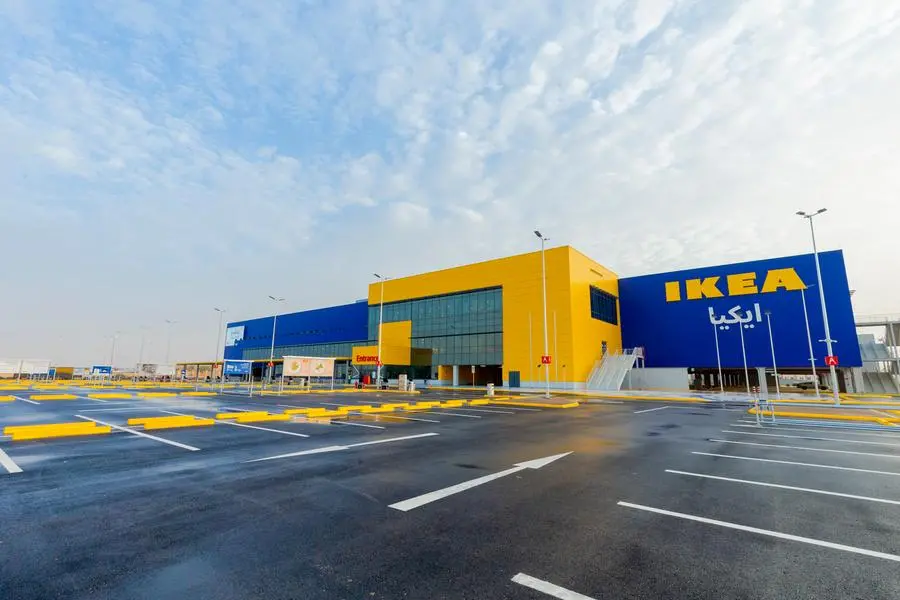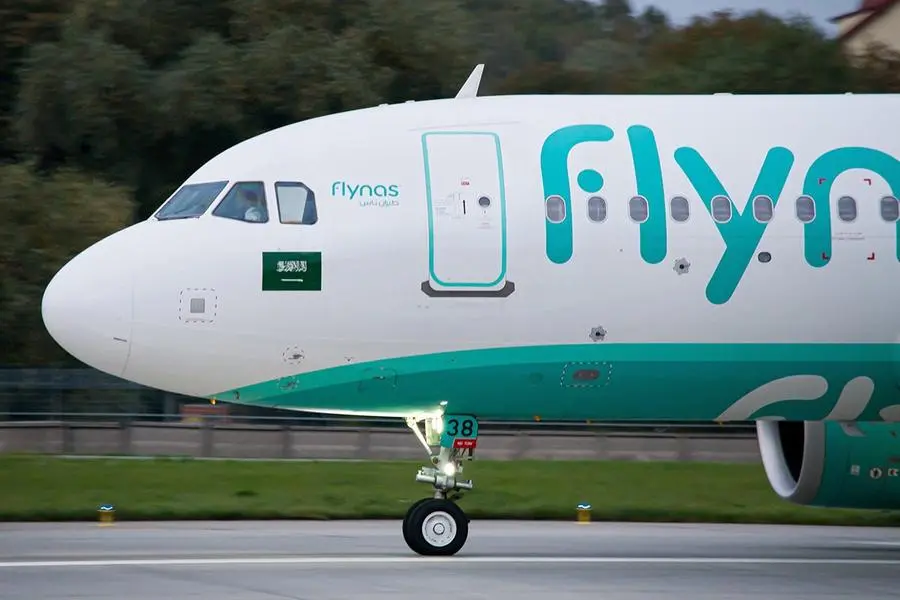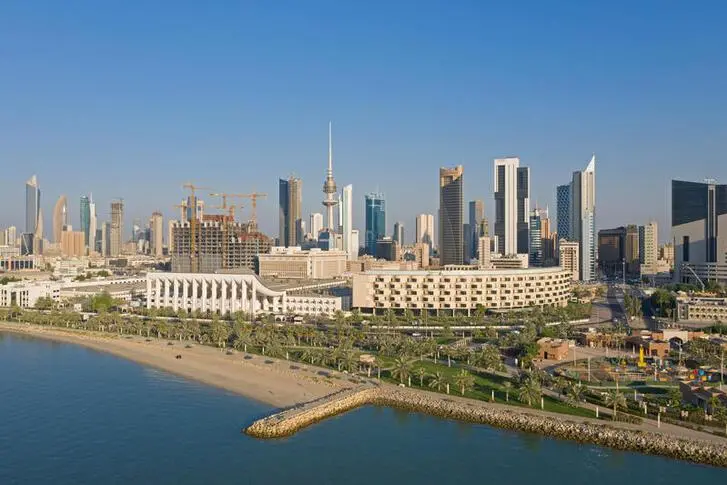PHOTO
Ancient coastal defence forts protecting Old Muscat (Mutrah) in Oman from naval invasion Al Jalali fort and Al Alam palace in Old Muscat, Oman. Image for illustrative purposes. Richard Sharrocks. Getty Images Image used for illustration
As temperatures soar in Oman, often exceeding 40°C during the summer months, attention turns to smart and technological solutions to mitigate the environmental and economic effects of the season.
With increasing consumption of electricity and water, and added pressure on vital sectors, Artificial Intelligence (AI) and advanced technologies are emerging as crucial tools in shaping sustainable and intelligent responses.
From monitoring electricity usage to enhancing cooling efficiency and managing solar energy, local experiences reveal growing adoption of these tools in both public and private sectors. These developments support national sustainability goals and align with Oman Vision 2040, which prioritises digital transformation and environmental resilience.
Electricity consumption peaks during Oman’s summer, especially with heavy reliance on air conditioning in homes, institutions, and factories. Power distribution companies are now deploying AI-based systems that analyse usage patterns and monitor real-time load demands.
According to Eng Ahmed al Zadgali, Network Management Director, the smart systems we’ve recently implemented analyse data from smart metres, predict peak hours, help redistribute loads to avoid outages, and alert consumers when they exceed typical usage patterns.
These systems not only improve operational efficiency but also allow for customer engagement through interactive apps that provide usage tips, promote energy-saving behaviour, and help reduce stress on the grid during peak hours.
While summer challenges energy consumption, it also offers a golden opportunity for solar energy generation due to high levels of solar irradiation. Energy companies utilise AI to optimise solar panel performance using systems that auto-adjust panel angles and forecast optimal production times.
Data analytics tools also estimate future demand, channelling generated energy to high-consumption areas. Some projects even store excess energy in smart batteries for use during nighttime or unexpected spikes in demand.
Many institutions and property developers are now adopting smart cooling systems powered by AI. In smart buildings, sensors placed throughout rooms measure temperature, humidity, and occupancy.
These feed into central systems that auto-regulate air conditioning, reducing energy usage and extending system lifespan.
Several hotels, malls, and private schools in Muscat have already implemented these technologies, improving comfort and reducing environmental impact.
Ali al Nasri, Technical Director at a facility management firm, states: "Smart cooling saves 20-30 per cent of electricity in some buildings, improves user comfort, and lowers carbon emissions."
In industrial zones, where operations run around the clock, cooling systems are critical. Major companies are deploying AI to control water cooling and heat exchange units, improving thermal efficiency and optimising energy use.
In coastal areas, advanced technologies monitor humidity and water salinity levels in cooling systems, helping fine-tune industrial desalination and cooling operations.
Some water companies are also using machine learning models to predict peak water demand, especially in urban centres, allowing for preemptive action and pressure redistribution to prevent shortages.
With higher temperatures, the risk of wildfires in agricultural and mountainous areas increases, alongside stress on electrical networks. The Ministry of Agriculture, Fisheries and Water Resources, in partnership with research institutions, has developed AI systems to monitor thermal indicators and satellite imagery for early fire detection and risk analysis.
Electricity firms use machine learning to identify risk factors like transformer overheating or frequent outages in specific areas, allowing for preventative maintenance and faster response times.
Smart home technologies are gaining traction in Oman, particularly in new residential complexes. These homes enable users to control cooling, lighting and even blinds remotely via smartphones. AI capabilities learn user behaviour to suggest optimal settings for energy savings.
These innovations are expected to spread, especially as affordable technology becomes available and energy efficiency programmes receive greater institutional support.
Oman is steadily embracing technology and AI to tackle growing summer challenges. Despite hurdles like infrastructure readiness and talent development, real-world applications point to significant progress, especially in sectors recognising the environmental and economic value of smart systems.
2022 © All right reserved for Oman Establishment for Press, Publication and Advertising (OEPPA) Provided by SyndiGate Media Inc. (Syndigate.info).
